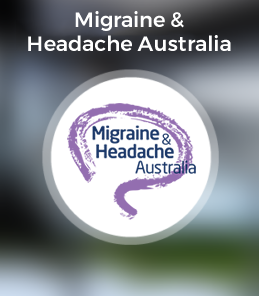Description
Autism is classified as one of the pervasive developmental disorders of the brain. It is not a disease in the sense that it can’t be caught from someone else as infectious diseases are. People with classical autism show three types of symptoms: impaired social interaction, problems with verbal and nonverbal communication, and unusual or severely limited activities and interests.
Characteristics may include repetitive and ritualistic behaviours, hand flapping, spinning or running in circles, excessive fears, self-injury such as head banging or biting, aggression, insensitivity to pain, temper tantrums, and sleeping and eating disturbances. These symptoms can vary in severity. In addition, people with autism often have abnormal responses to sounds, touch, or other sensory stimulation.
Autism affects an estimated 10 to 20 of every 10,000 people, depending on the diagnostic criteria used, and is about four times more frequent in males than females. Symptoms usually appear during the first three years of childhood and continue through life. It occurs in individuals of all ethnic and socio-economic backgrounds and at all levels of intelligence. Autistic individuals live a normal life span, but most require lifelong care and supervision.
First identified in 1943, autism was thought to be an attachment disorder resulting from poor parenting. This belief was influenced by Freudian psychiatry and is no longer accepted. Recent studies strongly suggest that some people have a genetic predisposition to autism, which has been observed in several members of the same family. Researchers are looking for clues about which genes contribute to this increased susceptibility. Studies of people with autism have found abnormalities in several regions of the brain suggesting that autism results from a disruption of early foetal brain development.
Treatment
There is currently no cure for autism, but appropriate treatment may foster relatively normal development and reduce undesirable behaviours. No single treatment method has been successful in improving communication in all individuals who have autism. The best treatment begins early during the pre-school years, is individually tailored, targets both behaviour and communication, and involves parents and other primary caregivers.
Educational/behavioural therapies and drug interventions are designed to remedy specific symptoms and emphasise highly structured and often intensive skill-oriented training. Doctors may also prescribe a variety of drugs to reduce the symptoms of autism. Other interventions such as mineral and vitamin supplements, special diets, and psychotherapy are available, but research has not documented their effectiveness and few, if any, scientific studies support their use.
Prognosis
People with autism have normal life expectancies. Symptoms in many children improve with intervention or as the children age. Some people with autism (of a milder form) eventually lead normal or near-normal lives. Adolescence can worsen behavioural problems, and parents should be ready to adjust treatment for the child’s changing needs. About a third of children with autistic disorders eventually develop epilepsy. The risk is highest in children with severe cognitive impairment and motor deficits.
Further information and support
Click here for the latest Australian research papers on Autism.
Read more at Virtual Medical Centre
Information
National Institute of Neurological Disorders and Stroke
ninds.nih.gov/Disorders/All-Disorders/Autism-Spectrum-Disorder-Information-Page
Support
Autism Spectrum Australia (Aspect)
Tel: 1800 277 328
autismspectrum.org.au
Autism Resources for Families
Sesame Street Autism Resources for Parents
CDC Autism Links and Resources
Operation Autism for Military Families (USA)
Moving with Special Needs Kids
Academic Accommodation Resources
Home Modifications for Autistic Kids
Temple Grandin’s Teaching Tips
Estate Planning for Parents of Kids with Autism
Digital Resources for Students with Autism
Reviewed by Associate Professor John Watson, Director, Neuropsychology Unit, Royal Prince Alfred Hospital, Camperdown.
DISCLAIMER: The information provided is designed to support, not replace, the relationship that exists between a patient / site visitor and his / her existing health care professionals.





 The Brain Foundation is the largest, independent funder of brain and spinal injury research in Australia. We believe research is the pathway to recovery.
The Brain Foundation is the largest, independent funder of brain and spinal injury research in Australia. We believe research is the pathway to recovery.